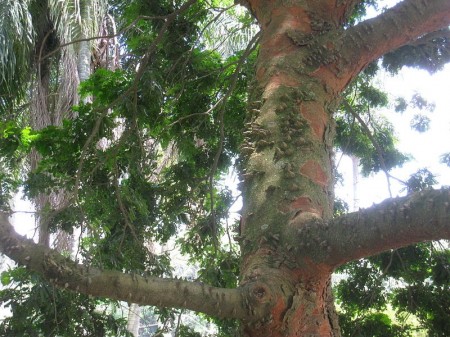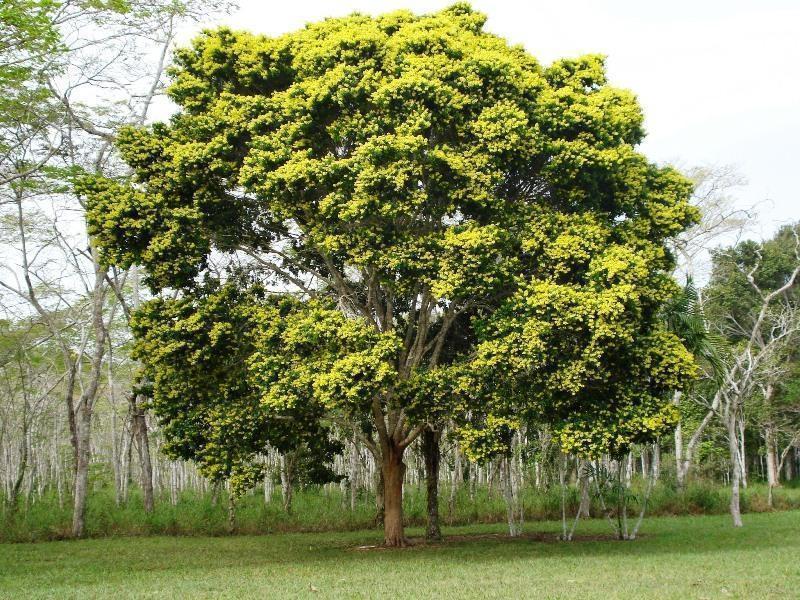Plant a Tree in the Rainforest
This project allows you to plant a tree¹ in Brazilian territory in a partnership with the country’s indigenous villages¹.
The tree planted is the famous “Pau Brasil”², a species threatened with extinction, and also the most sensitive and expensive tree seedling.
You receive an initial certificate when purchasing and, after the actual planting is done (between 5 and 15 days) you receive your final certificate.
Description
This project allows you to plant a tree¹ in Brazilian territory in a partnership with the country’s indigenous villages¹.
The tree planted is the famous “Pau Brasil”², a species threatened with extinction, and also the most sensitive and expensive tree seedling.
You receive an initial certificate when purchasing and, after the actual planting is done (between 5 and 15 days) you receive your final certificate.
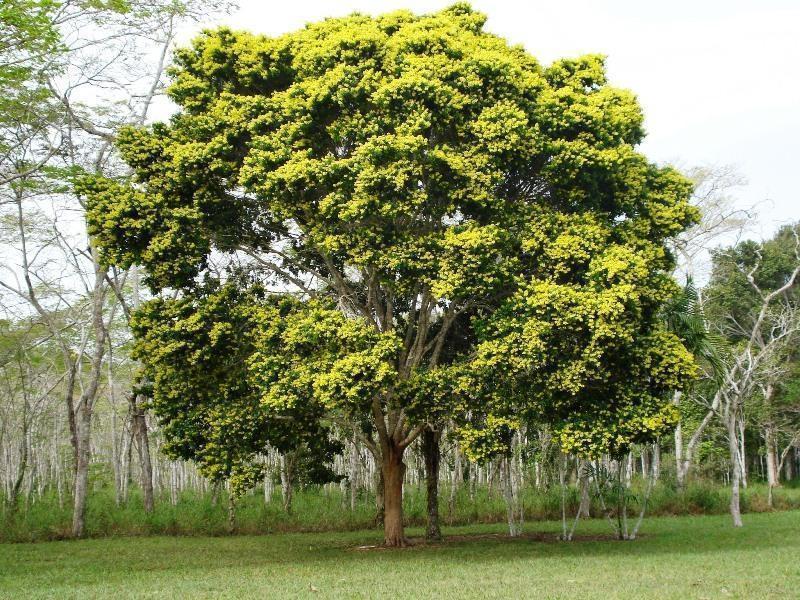
Pau Brasil – (Caesalpinia echinata Lam) was declared our “National Tree” (Brazil), and its official commemorative date is May 3rd. The tree is also known by other popular names: ibirapitanga, orabutã, arabutá, brasileto, ibirapiranga, ibirapita, ibirapitã, muirapiranga, pau-rosado, pau-pernambuco.
In 1500, upon Cabral’s arrival, Pero Vaz de Caminha described: “forest that is so much, and so large, so dense and with such varied foliage, that no one can imagine.” Given the exuberance found by the Portuguese, they discovered the existence of an inexhaustible wealth for them: Pau-Brasil³.
Some historians claim that the tree with its thorny, reddish trunk actually gave rise to the country’s name. Due to its beauty and usefulness, many species were taken directly to Portugal after the discovery of Brazil. The success in Europe, combined with the location of the forests along the coast — Brazilwood is typical of the Atlantic Forest, led the tree to extinction.
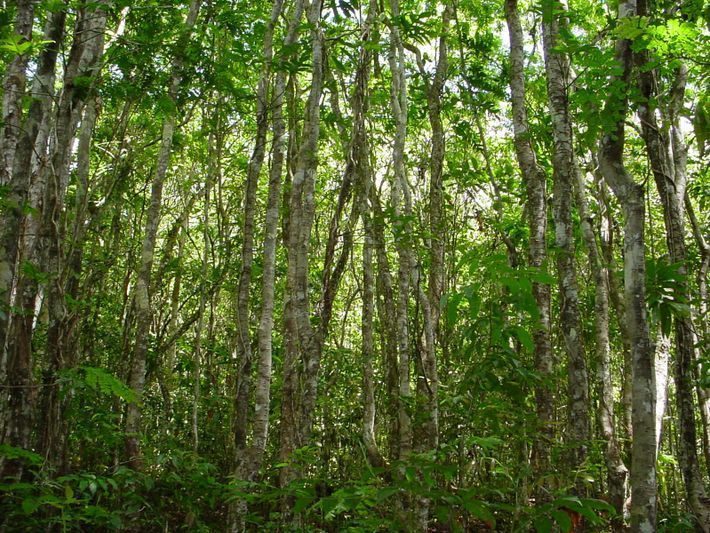
Brazilian Indians already used this tree to make bows and arrows and to paint ornaments, with an intense red dye extracted from the heartwood. The technique was taught to the Portuguese by the Indians themselves, who were also in charge of cutting, trimming and dragging the trees to the coast, where they loaded the ships to be sent to Europe. The economic cycle began in 1503 and, until 30 years after the arrival of the Portuguese, it was the only resource exploited by the colonizers. During this period, it is estimated that 300 tons of wood were harvested per year, always increasing in the following years.
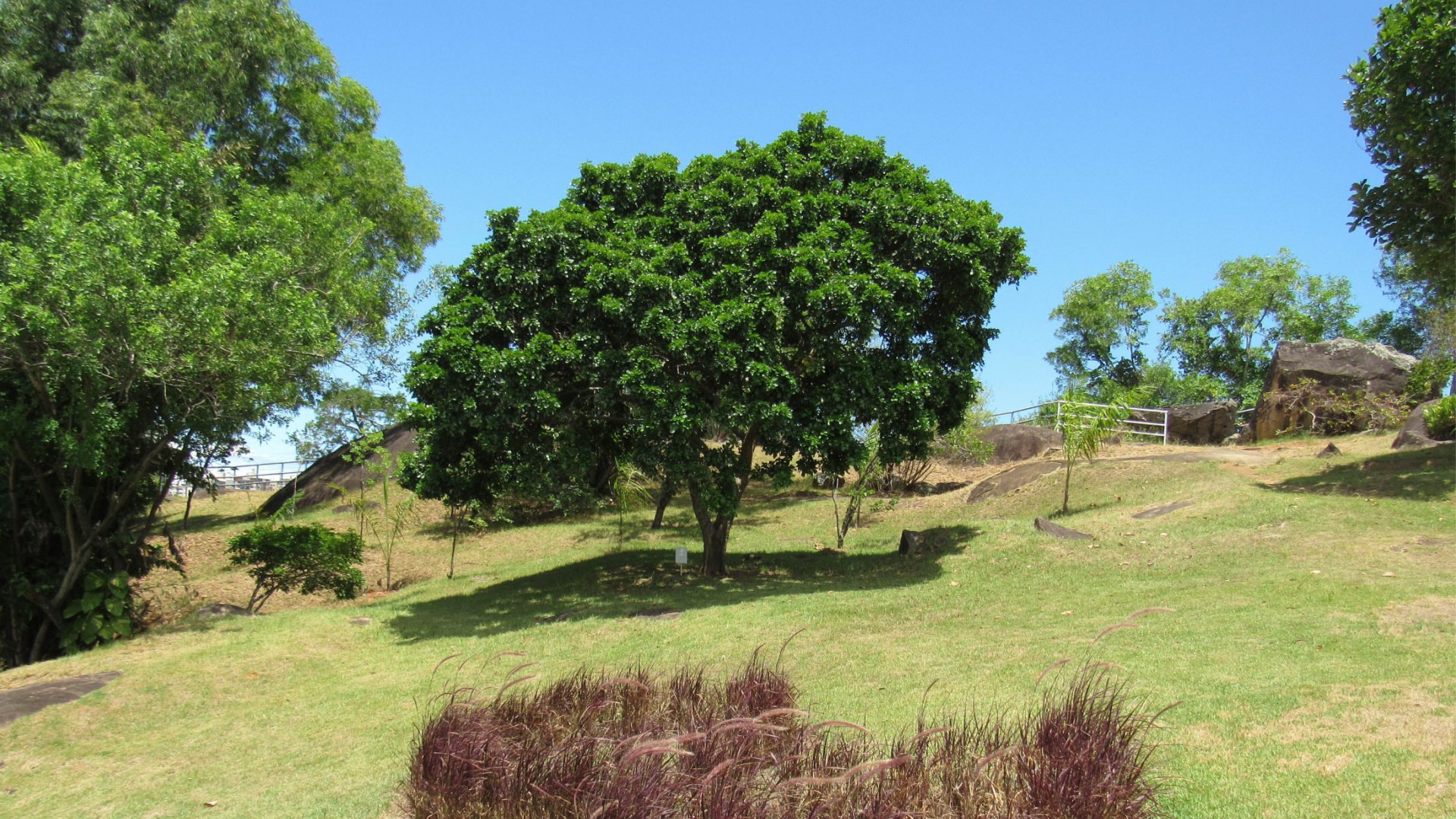
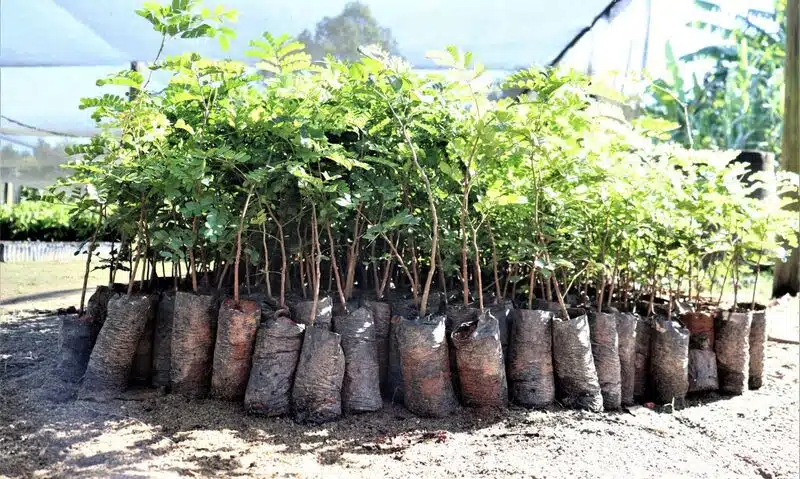
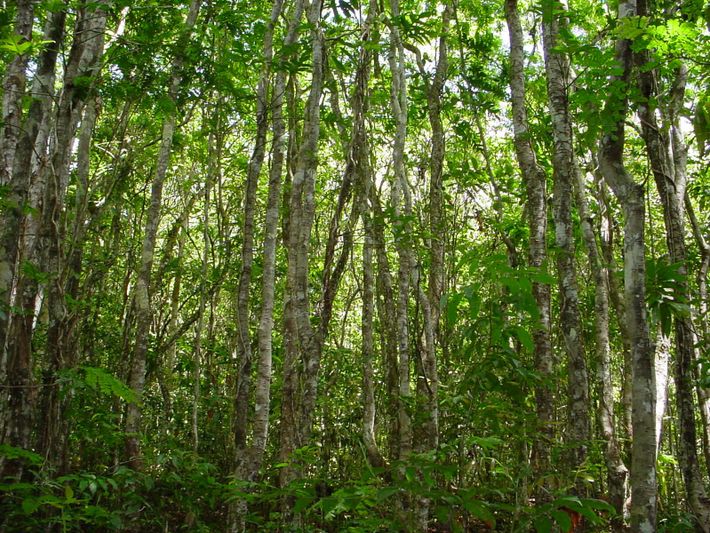
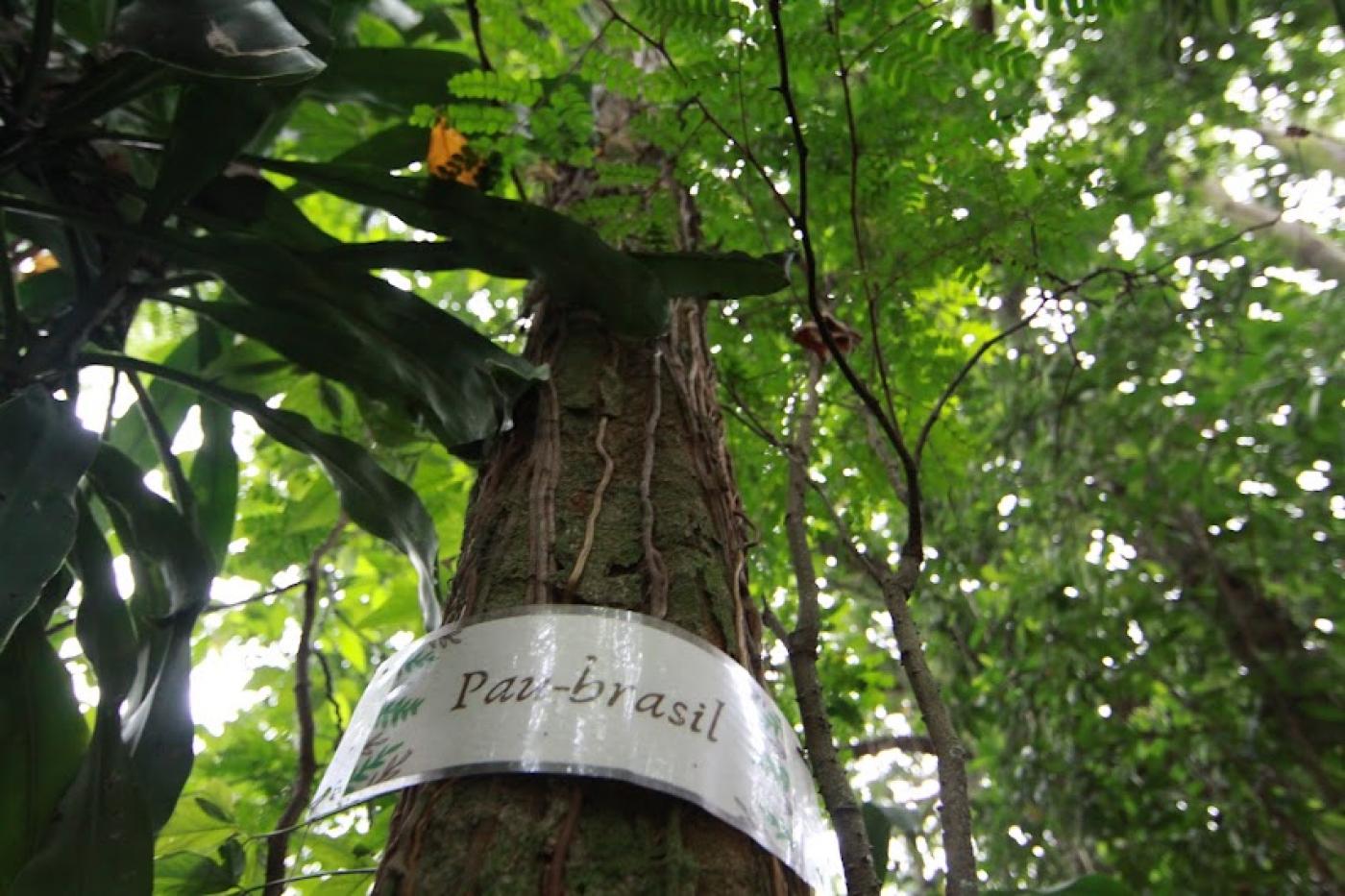
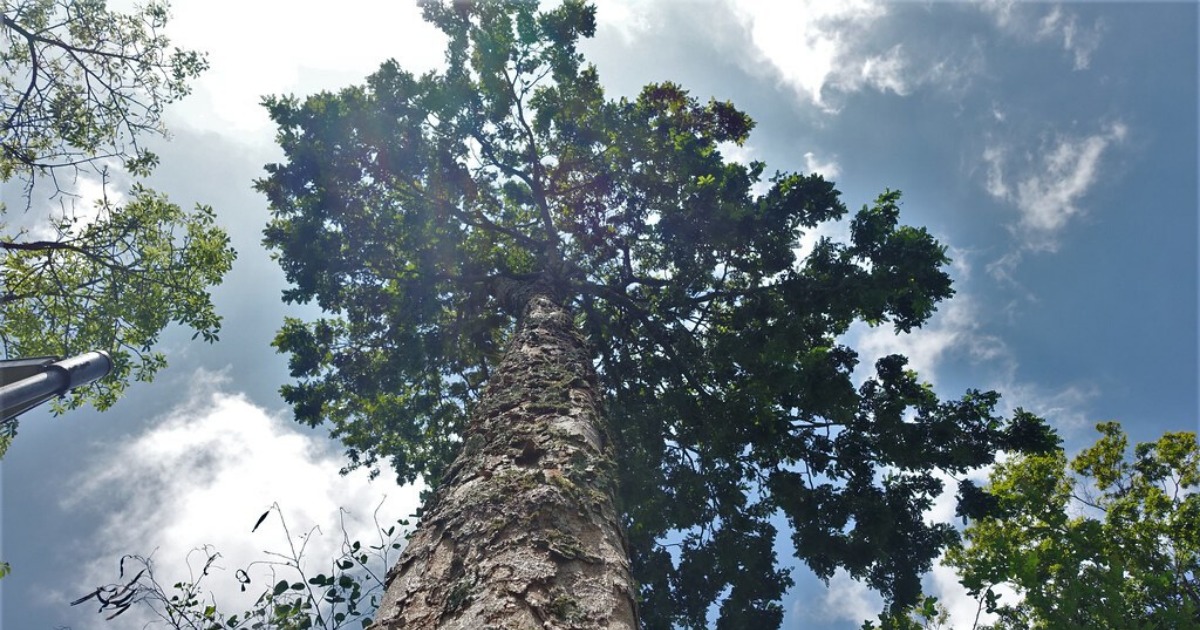
Almost unknown to Brazilians, this tree should be present in every square, school and street in the states that are home to the Atlantic Forest. The tree, which can reach 30 meters in height, was considered extinct in nature and almost disappeared after 375 years of exploitation. Considered the national tree, it is protected by law and can no longer be cut from the forests.
¹ Pau Brasil - Univiçosa studies | Communities described in the certificate ² Tree almost decimated ³ Humanized partnerships with communities



